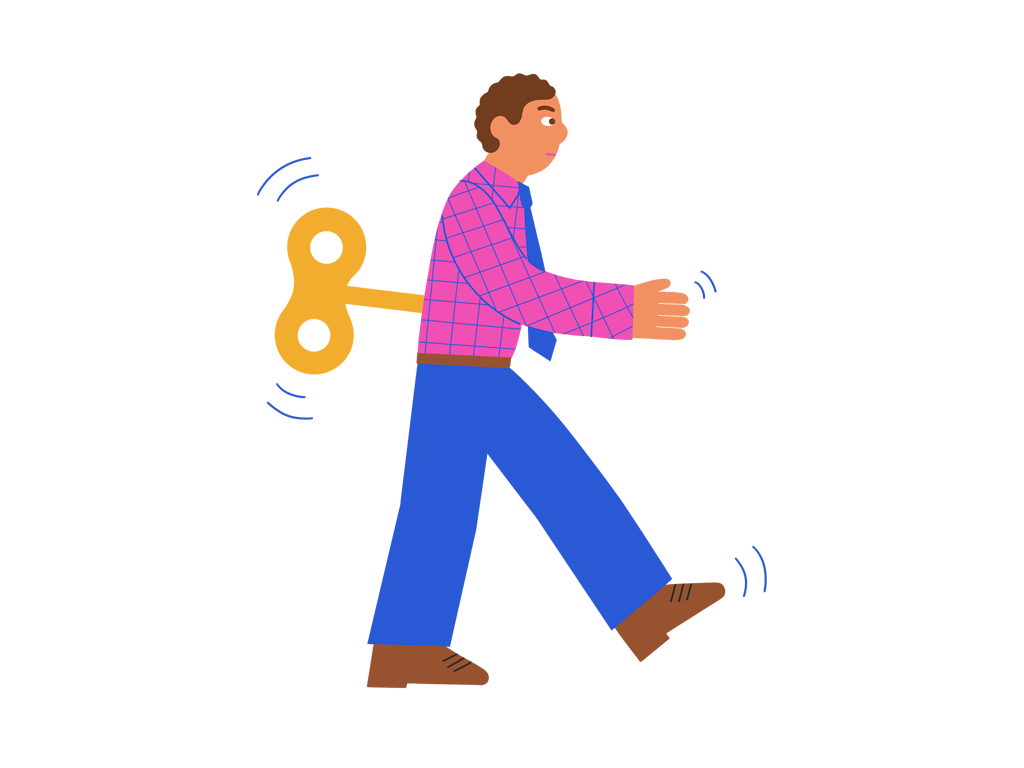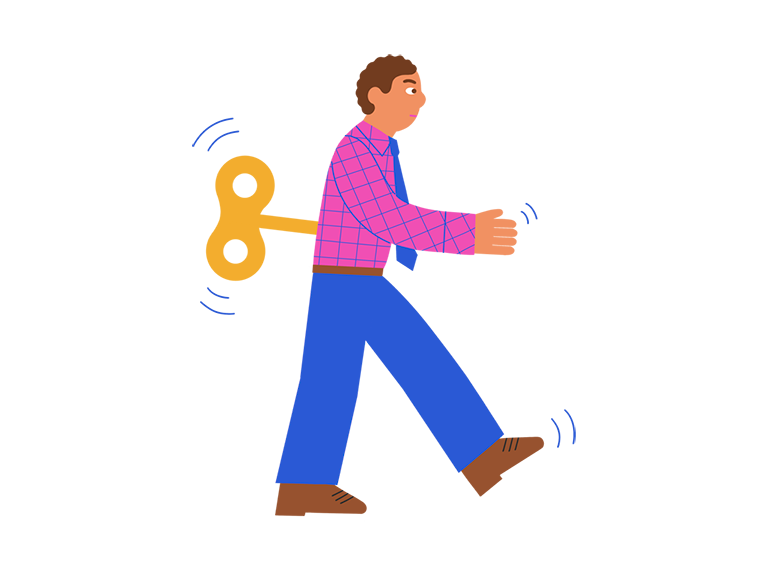How free are the decisions we make? In the episode on Behavioral Economics by Realworld, we explore the human capacity to act of our own volition and come to the conclusion that we may be less free than we think.
We discover that many of our decisions are unconsciously conditioned. Throughout this article, we will analyze some examples that illustrate how Behavioral Economics influences our choices.
The Pillars of Behavioral Economics
Behavioral Economics is a field established by, among others, Daniel Kahneman in the late 20th century. It is a discipline that combines principles from psychology, sociology, and economics to determine, understand, and predict people's financial decisions.
Through extensive research, it has been proved that even though we perceive ourselves as rational and conscious beings, most of the time we make decisions on "autopilot" mode, relying on previously acquired learnings.
One of the areas of application for Behavioral Economics is design. By understanding how people make decisions in the real world, we can transform our approach to designing products and services to influence those decisions.
This not only allows us to deepen our discourse but also helps us anticipate usage contexts, provide new perspectives, and create new conversion frameworks for products. In the following sections, we will explain some key concepts of Behavioral Economics and how they are applied in design.
One of the fundamental pillars of Behavioral Economics is cognitive biases, which are systemic errors that influence our perception of value. For example, the halo effect bias leads us to seek reference points when perceiving value. If a product is new and we are not familiar with it, we may not understand the value being offered. This is similar to when a company launches a new version of its product and uses satisfied customer testimonials to support its quality and build trust with consumers.
In this case from Growth.Design, various examples of cognitive biases applied to the mobile game Mario Kart Tour are shown, including scarcity, urgency, and impulsivity.
Another key tool is heuristics, which are mental shortcuts that simplify and expedite the decision-making process. It is important to recognize that users do not always act rationally or logically. As users, we often seek to minimize cognitive effort when interacting with a product or service. Therefore, as designers, we should reduce barriers and make the experience as easy and efficient as possible.
For example, the loss aversion bias leads us to value losses more intensely than gains. Companies can leverage this bias by offering "last chance" or "limited-time" promotions, creating a sense that if we don't take advantage of the offer, we will be missing out on something valuable.
We recommend this video on Anchoring, a psychological principle and a judgment heuristic that can influence how people perceive value and make decisions:
In addition to cognitive biases and heuristics, "nudges" are cognitive pushes that facilitate decision-making in a specific direction. Too many options can overwhelm users and lead to inaction or impulsive decisions. Therefore, we should design interfaces that offer clear and well-organized options, making decision-making easier.
When making an online purchase and seeing a message that says "other customers also bought this," we are influenced to follow that example and add this product to our cart. It goes without saying that Amazon is an expert at this. ;)
Decision architecture is another important aspect of Behavioral Economics. It refers to the process by which we make decisions and how conscious and unconscious mechanisms influence that process. When designing, we must consider that people do not make decisions based solely on logic and reason, but are also influenced by emotional and subjective factors.
When designing a user interface for online purchases, you can clearly highlight the final price of a product and provide detailed information about its features, using the ambiguity bias to influence the user's purchase decision.
How to Transform Our Design Approach
Behavioral Economics provides a transformative insight into how we make decisions. It shows us that, even though we consider ourselves rational and conscious beings, most of our choices are influenced by cognitive biases, heuristics, and cognitive nudges.
These principles apply to different fields and sectors and have proven to be valuable for gaining a better understanding of how people make decisions and how design strategies can be improved.
By leveraging the insights of Behavioral Economics, we can design products and services that better align with users' needs and preferences, positively influencing their decisions.

